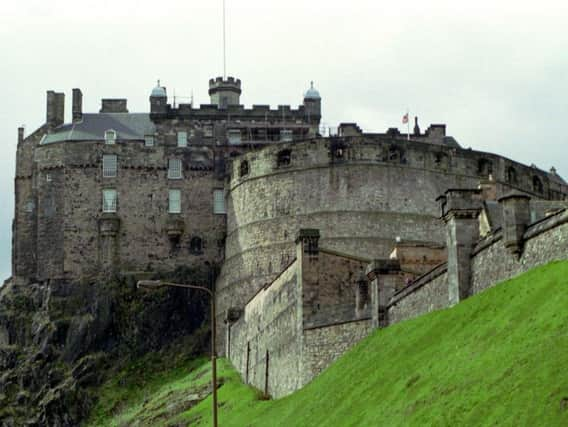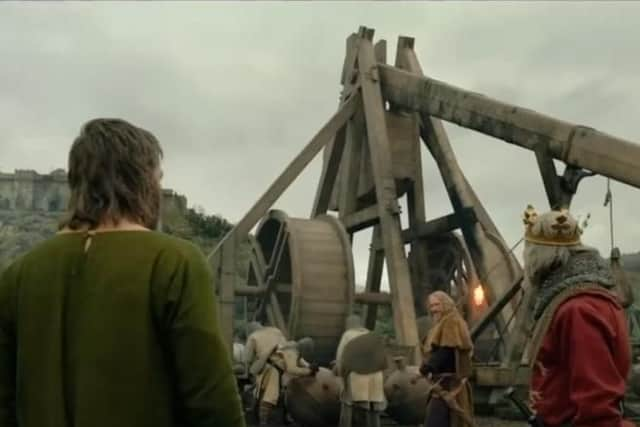On this day 1296: Devastating Longshanks Siege bombardment of Edinburgh Castle begins


Intent on the outright conquer of Scotland, the notoriously-ruthless English king Edward I, Hammer of the Scots, laid siege to Edinburgh Castle in June 1296.
What followed was a brutal three-day bombardment, using 'Greek fire' and some of the largest siege engines the world had ever witnessed.


Advertisement
Hide AdAdvertisement
Hide AdEdward I, whose other name, Longshanks, would come to describe the siege, entered the history books as the first invading monarch to successfully take Edinburgh Castle.
The city and its ancient fortress took a pummelling so severe, it would take many years to rebuild. Master craftsmen were brought in from Wales in order to bolster the castle’s defences.
The English king ordered the installation of a garrison of 350 knights to defend the conquered keep, which would be utilised from that point on as a base from where new campaigns could be conducted to invade the rest of Scotland.
Royal regalia, state records and other treasures belonging to Edinburgh Castle were plundered and sent down to London along with the Stone of Destiny from Scone Abbey.
It is thought that Longshanks used gigantic trebuchets - similar in size to the great Warwolf catapult seen in the recent Netflix film Outlaw King - to wield the damage necessary to capture Edinburgh.
Incredibly, the castle remained in English hands for more than 18 years, finally being recaptured in 1314 by Thomas Randolph, the first Earl of Moray, who led a small band of around 20 men in a surprise attack that involved scaling the walls of the stronghold.
A year later, Randolph’s uncle King Robert the Bruce ordered the castle to be destroyed so that it could never fall into the hands of the enemy ever again. It would be decades before Edinburgh Castle was fully rebuilt.
Last year, a carved stone which is believed to have been fired by a giant catapult during the Longshanks Siege was discovered by archaeologists searching the site of the new proposed Virgin Hotel in Edinburgh.
Advertisement
Hide AdAdvertisement
Hide AdCommenting on the dig, Edinburgh Council archaeologist John Lawson said: "It looks like the type of ball which would have been fired by a trebuchet, one of the most powerful catapults used in the Middle Ages.
"Worldwide, the most famous account of a trebuchet is that of Warwolf, the giant catapult used by Edward I's army at Stirling Castle in 1304.
"What we've discovered here suggests similar weapons were also used in Edinburgh, possibly even during Edward I's Siege of Edinburgh in 1296, when the Stone of Destiny was stolen and the castle taken out of Scottish hands.
"We always knew this area of the Grassmarket could shed new light on Edinburgh in the dark ages, and here we are with the discovery of a medieval weapon. It's a really exciting find, particularly if we can prove its links to the Siege of Edinburgh."
